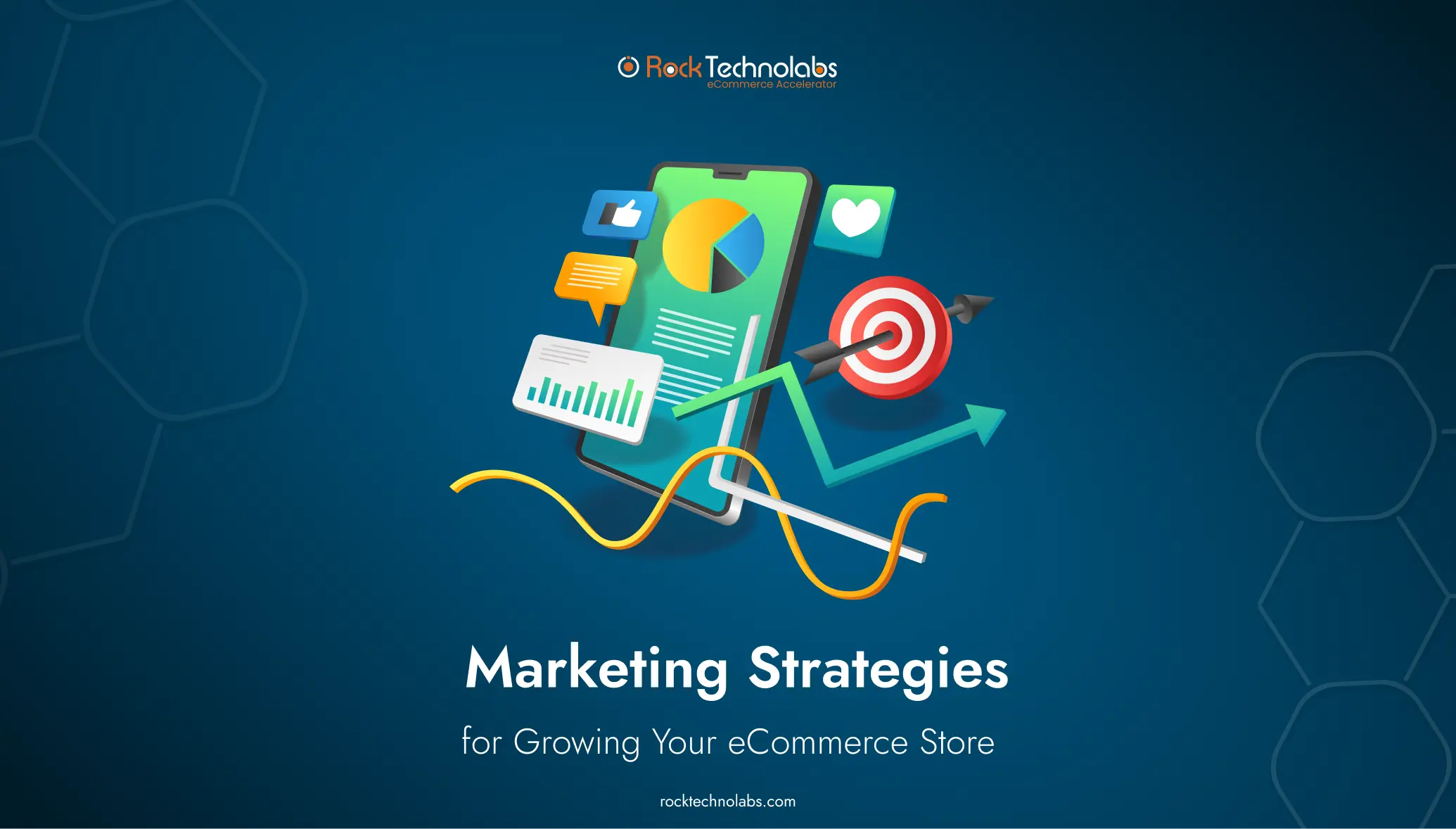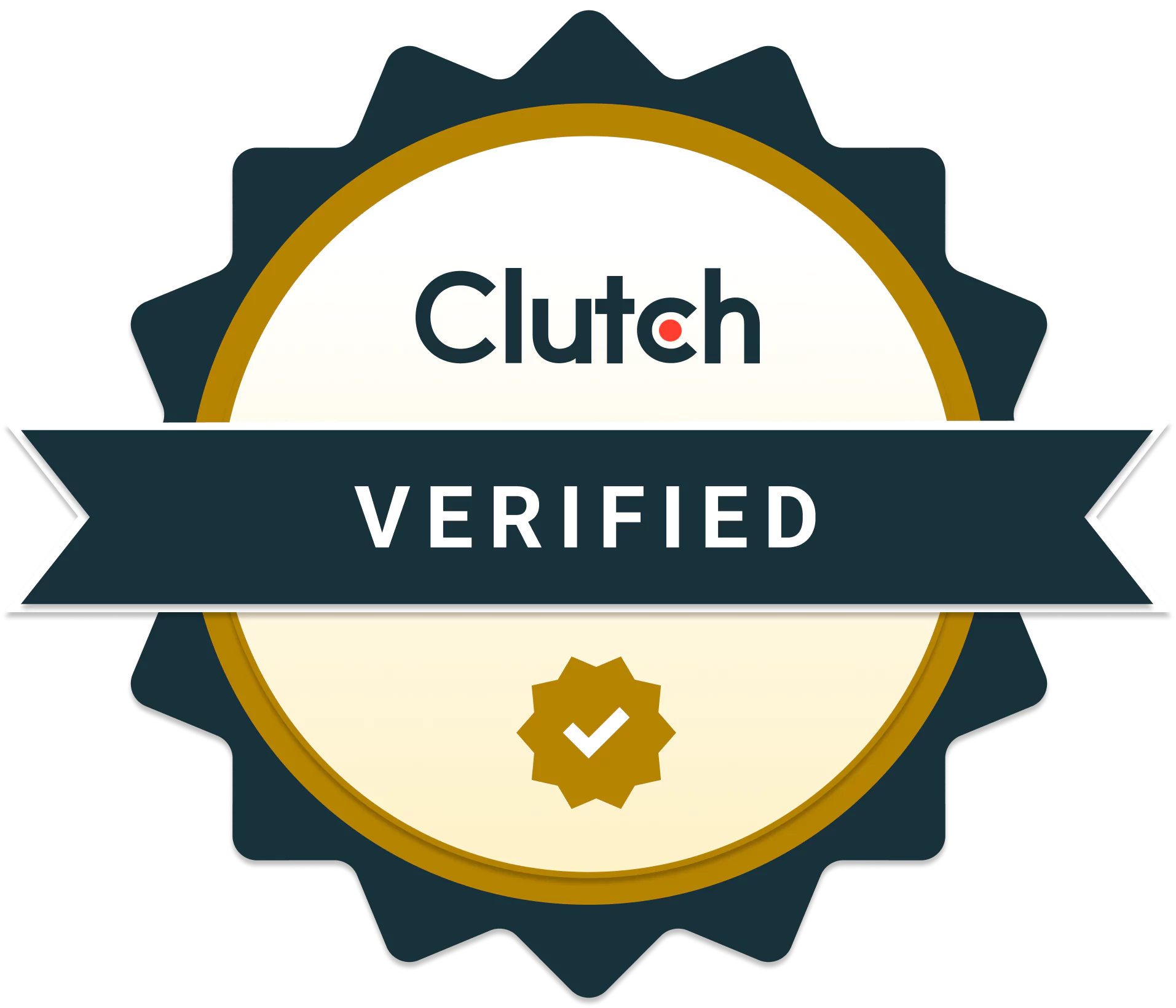Marketing Strategies for Growing Your eCommerce Store

If you have a fear that you won’t be able to stand out in the hustling bustling world of e-commerce stores, then this fear is not just yours; many online merchants think about this with constant growing competition and technical advancements.
But what is driving all this competition and growth in this industry? Well, the primary reason is a combination of people getting more comfortable shopping online through different technologies at their hand and the sheer convenience of being able to buy an endless number of stuff with just a few taps on your phone, and the power to ignore whosoever not meets buyer’s needs.
Moreover, we have noticed that e-commerce store merchants invest heavily in their store development, and pay to advertise but these are only a few parts of the process growing your e-commerce requires more than this, i.e. a fully formed or funnel-driven marketing to build brand awareness, foster customer loyalty and, ultimately, increase online sales which we will explain in this blog.
Types Of Marketing Strategies
Social Media Marketing
There are no businesses or e-commerce store owners who aren’t keeping their eyes on social media as it has completely transformed the way businesses connect and sell to their target audience; now, it’s an essential part of every consumer’s life. With social media deeply integrated into our daily lives, thus ignoring social media can be tantamount to neglecting a significant portion of your potential market. Here are some tactics of how brands leverage various social media strategies:
- Influencer Collaborations: Partnering with influencers to expand reach and credibility.
- Sponsored Posts: Paying for targeted promotions to increase visibility.
- Giveaways & Contests: Encouraging audience participation with prize incentives.
- Product Launch Announcements: Creating buzz around new offerings.
- Brand Awareness Campaigns: Introducing and strengthening brand identity.
- Exclusive Sales & Discounts: Driving urgency and boosting conversions.
- Polls & Surveys: Gathering customer insights through interactive content.
- Hashtag Campaigns: Utilizing branded or some category hashtags to amplify engagement.
- User-Generated Content (UGC): Asking their satisfied customers to give authentic reviews based on their experience.
Read More: Increase Online Sales Through Social Media
Search Engine Optimization (SEO)
“SEO” is one of the best ways to generate organic traffic for an e-commerce store, this one takes the most time as it involves a series of strategies long-term creative, and a technical process to enhance a website’s visibility on search engines like Google, without paying for ads. A well-optimized e-commerce site ranks higher in search results, increasing exposure and sales. Moreover, now SEO is not just confined to Google or Bing, it has spread its roots to social media as well as YouTube as people use such platforms to find information.
Key SEO Components:
- On-Page SEO: Optimizing website content, meta tags, headers, URLs, and images for search relevance.
- Off-Page SEO: Building backlinks, guest posting, and leveraging social media to boost authority.
- Technical SEO: Ensuring fast load times, mobile optimization, structured site architecture, and SSL certification for security.
Read More: SEO Marketing Strategies
Email & SMS Marketing
A connected approach to marketing is essential to get better engagement and high revenue, and this is something that is used in email & SMS marketing. Because for instance your audience engages with both emails and sms but they are expecting different information from different sources, so combining these two powerful channels can help you maximize engagement across the board, plus now you can automate this whole process using multiple tools like Klaviyo, Brevo, Mailchimp, Constant Contact, and Sender.
Pay-Per-Click (PPC) Advertising
Similar to many other online marketing tactics, PPC advertising is one of them, the criteria that makes it unique is that you don’t need to wait too much like SEO to get sales/conversions because in this business bid on keywords to display ads on search engines and partner sites. However, the results or conversion you get from such ads completely depends upon the campaigns created, including factors like landing pages & ad quality, relevant keywords, and solid account structure. Popular PPC platforms include:
- Google Ads & Bing Ads: Showing ads in search results based on user queries.
- Social Media PPC: Running targeted campaigns on platforms like Facebook, Instagram, and LinkedIn.
Affiliate Marketing
Affiliate marketing is the method by which an affiliate earns a charge for marketing another person’s or company’s products. The affiliate (influencers, bloggers, or publishers) simply searches for a product they enjoy, then promote that product and earn a piece of the returns from each sale they make via selling the products of other companies.
Expert-Proven Marketing Strategies For E-commerce Stores
Build Customer Loyalty with Reward Programs
How could you be able to stand out as one of the influential e-commerce store owners in your industry? When you do something that your competitors are not doing, this could be loyalty programs that keep first-time buyers engaged and encourage repeat purchases.
Besides this, companies are opting for different methods to offer remarks like adding some level of personalization, like allowing customers to choose how they redeem.
Drive Traffic with Engaging Blog Content
Nowadays, customers just go and search on Google for whatever product they want to purchase or whatever queries are wandering in their minds, and obviously, if you deliver what they are thinking, why not visit your website?
Not only this, for ecommerce blogging is crucial because customers demands aren’t just confined to purchase product they also want to know the multiple uses, benefits of products, launch of new products including how things go on in your company so blogging is a must if you want your customers to be properly informed about what you are doing, how you are doing, what your future plans are, the upcoming product, what’s going on in your industry, and much more which boosts website traffic while establishing credibility. Providing informative and engaging content builds trust with potential customers, increasing the likelihood of conversions.
Analyze Competitors to Gain an Edge
You can get a picture of your industry, customer preferences, and potential areas for improvement it is better to analyze what actually your competitors are doing; plus it helps in establishing a benchmark against which you can measure your growth while keeping your marketing strategies unique and over-the-top. Additionally, it assists in defining your WHY, which means why customers choose you or you can say your USPs.
Key factors to analyze:
- Sales and promotional strategies
- Email marketing and lead capture techniques
- Website performance and design
- Checkout process and user experience
- Advertising campaigns
- Social media activity and engagement
- SEO tactics, including keyword rankings and backlink strategies
Enhance Your Product Photography and Videos
Product photography and videos on your e-commerce store serve as an open window to your offline store via which shoppers peer through to have a look of what exactly are your offering. This is important because physical retail selling is different from online selling because it offers a tactile experience whereas online, you can only see the product but can’t touch or feel it, thus strong visual content takes place as the backbone of an effective marketing strategy.
High-quality product photos and videos should be clear, well-lit, and highlight the unique features and benefits of your products. Whether you’re taking photos yourself (check out our DIY product photography guide) or hiring a professional, investing in great visuals will set your brand apart.
Leverage User-Generated Content (UGC) and Reviews
There is a better option than UGC content to build your authenticity among your target audience as it helps in creating a closer relationship with your customer because social proof like this works as the secret ingredient that enhances your marketing effectiveness. When potential buyers see real people using and loving your products, they’re more likely to make a purchase. Some of the tactics you can leverage for this purpose include –
- Featuring product reviews and UGC videos on their product pages.
- Sharing customer videos of giving product reviews on social media platforms like Instagram.
- Including authentic user content (this could be the same as what you posted on social media) in email marketing campaigns to boost engagement.
By incorporating social proof into your strategy, you create a stronger connection with your audience while reinforcing the value of your products.
Wrapping Up
By following the tactics and types of marketing strategies for e-commerce stores we have mentioned above, you’ll be well on your way to building a thriving, dominant e-commerce business. However, doesn’t matter which marketing strategy you opt for the ever-lasting key is to stay agile, adaptable, and always keep your customers at the forefront.







